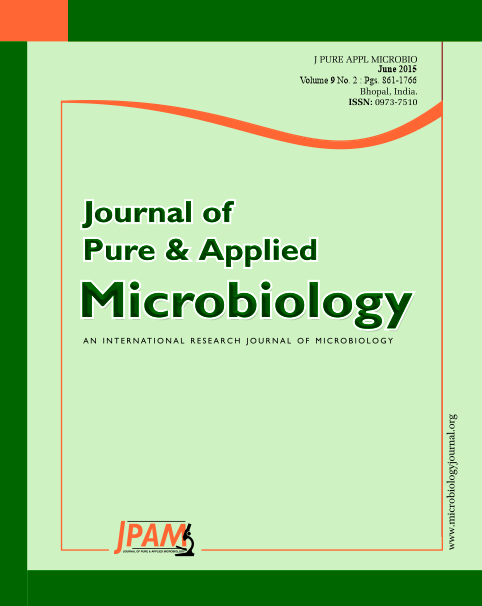There has been a rapid increase in the percentage of pesticides accumulated in soil leading to deleterious effects to our ecosystem. Chlorpyrifos is one of the commonly found pesticides that have been treated by chemical procedures as a means of remediation. This present study focuses on bioremediation of chlorpyrifos by using Myroides odoratimimus SKS05-GRD (JQ178355). The bacterium was allowed to treat pesticide residues obtained from treated soils to adjudge the potential of the bacterium for remediation studies followed by molecular analysis of its bioremediation potency. The bacterium was found to remediate increasing concentrations of chlorpyrifos and molecular analysis revealed the genetic basis for degradation to be mpd functional gene of Myroides odoratimimus SKS05-GRD. This study concludes the use of bacteria that possess the degradation capability at the molecular level increases the efficiency of bioremediation although the present study is to be extended for cloning and expression analysis.
Chlorpyrifos, Myroides odoratimimus, pesticide, degradation, gene
© The Author(s) 2015. Open Access. This article is distributed under the terms of the Creative Commons Attribution 4.0 International License which permits unrestricted use, sharing, distribution, and reproduction in any medium, provided you give appropriate credit to the original author(s) and the source, provide a link to the Creative Commons license, and indicate if changes were made.


